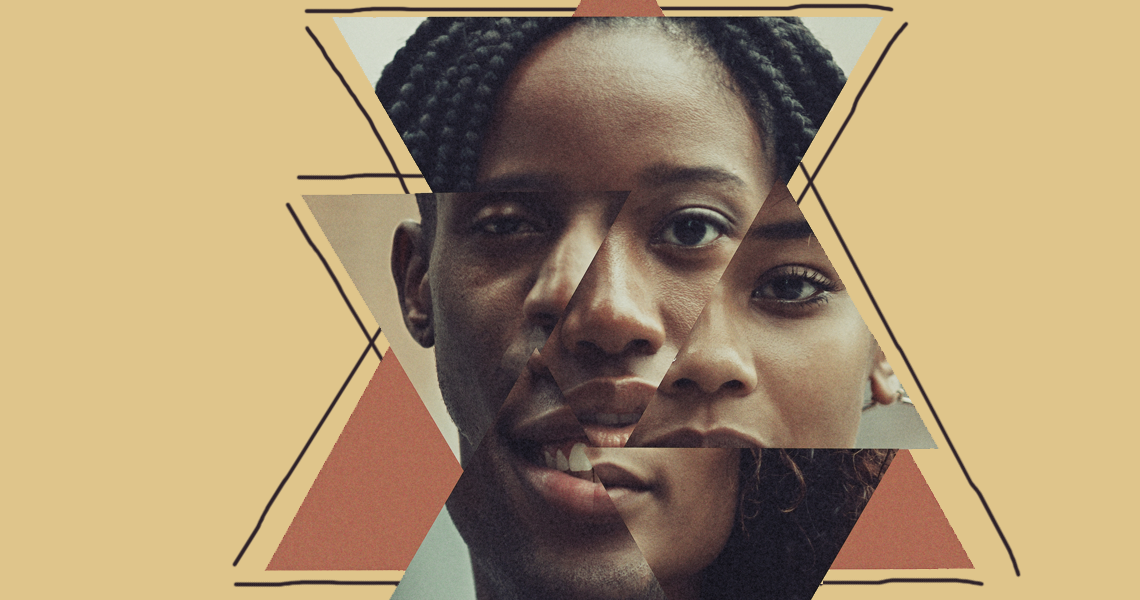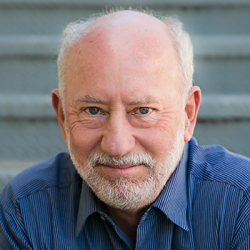Originally published Feb 24, 2020 – updated Feb 4, 2021.

If you google “Black History Month projects,” guess what you’ll find? Same stuff you’ve seen every year.
There are exceptions, of course. But it’s mostly what you get whenever you search for any kind of “______ project.” You'll find websites from commercial publishers and teachers sharing materials that are called “project based” but aren’t of high quality.
These projects may be “hands-on,” “engaging” and “fun!” according to the labels. But rigorous and authentic? Not so much, as we always point out.
They're not really Project Based Learning.
And like most of the more PBL-ish projects you hear about in February, these materials tend to repeat the same content: famous Black Americans and the usual events.
Frederick Douglass. The Underground Railroad. Harriet Tubman. The Tuskegee airmen. Louis Armstrong. Rosa Parks. Brown vs. Board of Education. The “I Have a Dream” speech.
They also tend to be about feel-good stories of progress toward improved race relations and better social and economic conditions for everyone in our society.
Students doing these projects typically pick someone to research, do some reading and writing, and then create a trifold display or PowerPoint slide presentation. Or perhaps they create an infographic, video, or digital product to explain their famous person and their importance.
Sometimes students assemble their research projects in a public exhibition, open to other students, parents, and the community. A variation of this idea is the classic “museum project.” I’m sure there will be many “Black History Museums” on display in history classrooms this month. For the record, this is not a bad thing! But I’d encourage you to consider how to move beyond them...
But first, let’s pause to reflect on a fundamental question... Should there even be a "month" for Black history at all?
My former colleague Laureen Adams questions the whole idea: “I think we are at a point in time where we should be celebrating and infusing Black history throughout the year.”
This post in Edutopia makes a similar argument: Teaching Black History in Culturally Responsive Ways. So does this one on at Teaching Tolerance: Do’s and Don’ts of Teaching Black History.
And this article in Education Week Teacher points out the pitfalls of making Black History month a special program: Is Your School Affirming Institutional Racism During Black History Month?
I'd make a similar argument for celebrating the history of all groups in our society throughout the year, rather than during their (lesser-known) months:
- March: Women's Heritage Month
- May: Asian and Pacific American Heritage Month
- September: Latinx Heritage Month
- October: LGBTQIA+ History Month
- November: Native American Heritage Month
After all, the whole idea of token "months" was an attempt to deal with the fact that most history in US classrooms is taught from the Eurocentric/white/male/straight perspective.
With that in mind, all of the ideas below for learning about Black history could apply to projects about any people's history.
When designing PBL units on Black history—for any time of year—consider these 3 ideas...
1. Have students explore lesser-known Black history, investigate deeper issues, and answer complex questions.
Research assignments about famous people and events in Black history have their place, but they’re limited. The examples mentioned above may be engaging, particularly if students have a choice of who to research and how to present their work. But if the goal is simply to share information, an opportunity has been lost.
Instead, make the goal to think like historians and to understand underlying forces and trends more deeply. Ask students to do research in the service of answering a deeper question.
Also, consider focusing on people’s movements—rather than individual, exceptional “heroes.”
Design driving questions for projects that will engage students and provoke them to think critically, then share their answer by creating a written or media product, or by presenting it aloud. Here are some examples:
- Should we have “Black History Month”? Has it fulfilled its founder Carter Woodson’s vision?
- What forgotten people, events, or aspects of Black history should America remember?
- How would the story of (insert historical event) be told from the perspective of a Black person at the time?
- How much should police power be limited?
- Should we require an “ethnic studies course” for graduation?
- Should there be reparations for slavery?
2. Connect national history to local and contemporary history.
Seeing how the past connects to issues in their communities and in the nation or world today is a great motivator for students. Connect the work of famous civil rights leaders to local leaders and groups that students identify. Tell their stories, and join their efforts. Consider local community members too—from artists to writers to business people and more—not just political leaders.
Here are some examples of this kind of project from our project library.
- Marking History, Making History — How can we as historians uncover and share stories about our community?
- March Through Nashville — How can we as historians design a virtual civil rights museum app that will preserve the story of Nashville's influence on the Civil Rights Movement?
- History in Pictures — How can we as historians design an interactive digital tool for a [local museum, historical society, or archive] that demonstrates our local community’s influence on a period in history?
3. Have students become agents of change.
Ask them to find an issue they care about and take action on it — persuade a particular audience, or advocate for a cause. Send the message that Black History is not something from the past, it is still happening now, and whoever we are, we can contribute to it. Partner with local or national organizations to up the authenticity, find experts, and communicate with outside audiences.
For this kind of project, here are a few more examples to explore...
- Make a Difference — How can we take action to make a change in our community?
- Lifting Our Voices. — How can we use our voices to effect change?
- Broken Laws — How can we change the law to make our society better for everyone?
- Waiting on the World to Change — How can we make change happen in our community?
Also, be sure to read about the “Breaking Bias” project that launched in early 2020 across a trio of high schools in Missouri, New York, and Massachusetts. The project's goal was “to listen and learn from one another to better equip ourselves to disarm bias in the future.” You can read more about it here, or listen to this episode of our podcast.
And while you're at it, here are a few additional resources to explore...
- Black Lives Matter at School: a national coalition of educators organizing for racial justice in education offering resources for a week of action, a year of purpose, and more.
- And join a webinar on February 10 about "Engaging in Antiracism Work: During Black History Month and Beyond," hosted by Facing History and Ourselves.
Have you done (or heard about) some great projects about Black history or the history of other marginalized groups? Our PBL community would love to hear them! Share your stories with @pblworks on Twitter.

